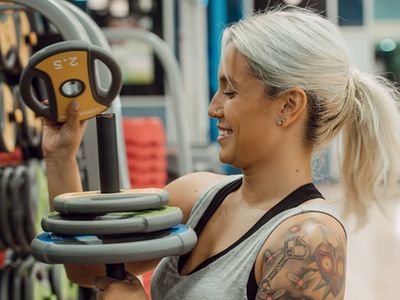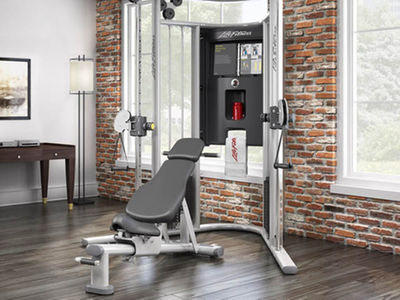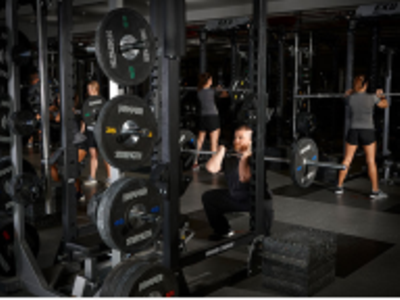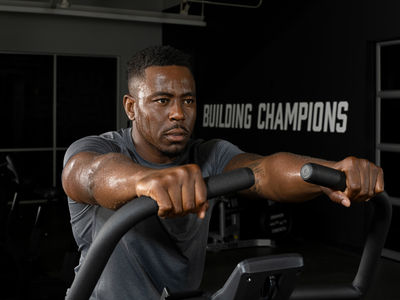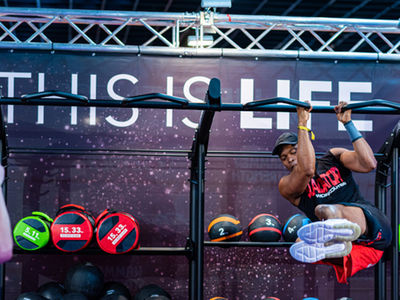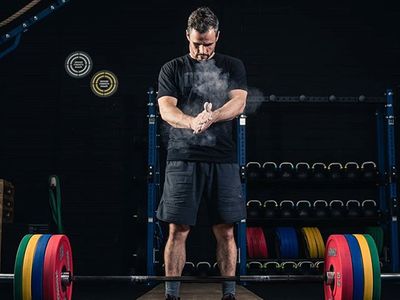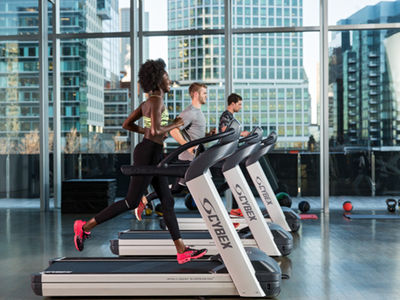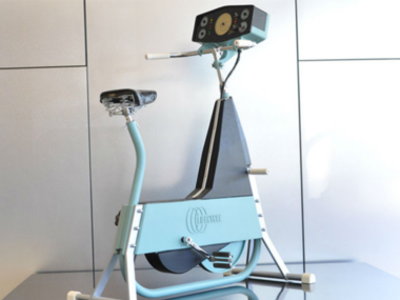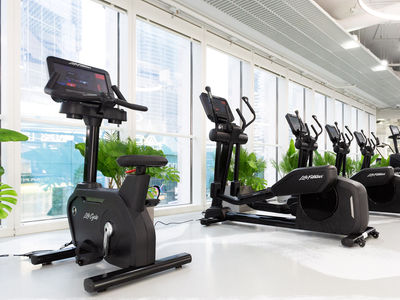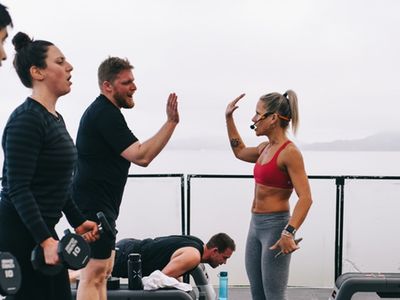Foam rolling has become an essential practice for athletes and fitness enthusiasts alike, serving as a valuable tool for muscle recovery and injury prevention.
What Is Foam Rolling?
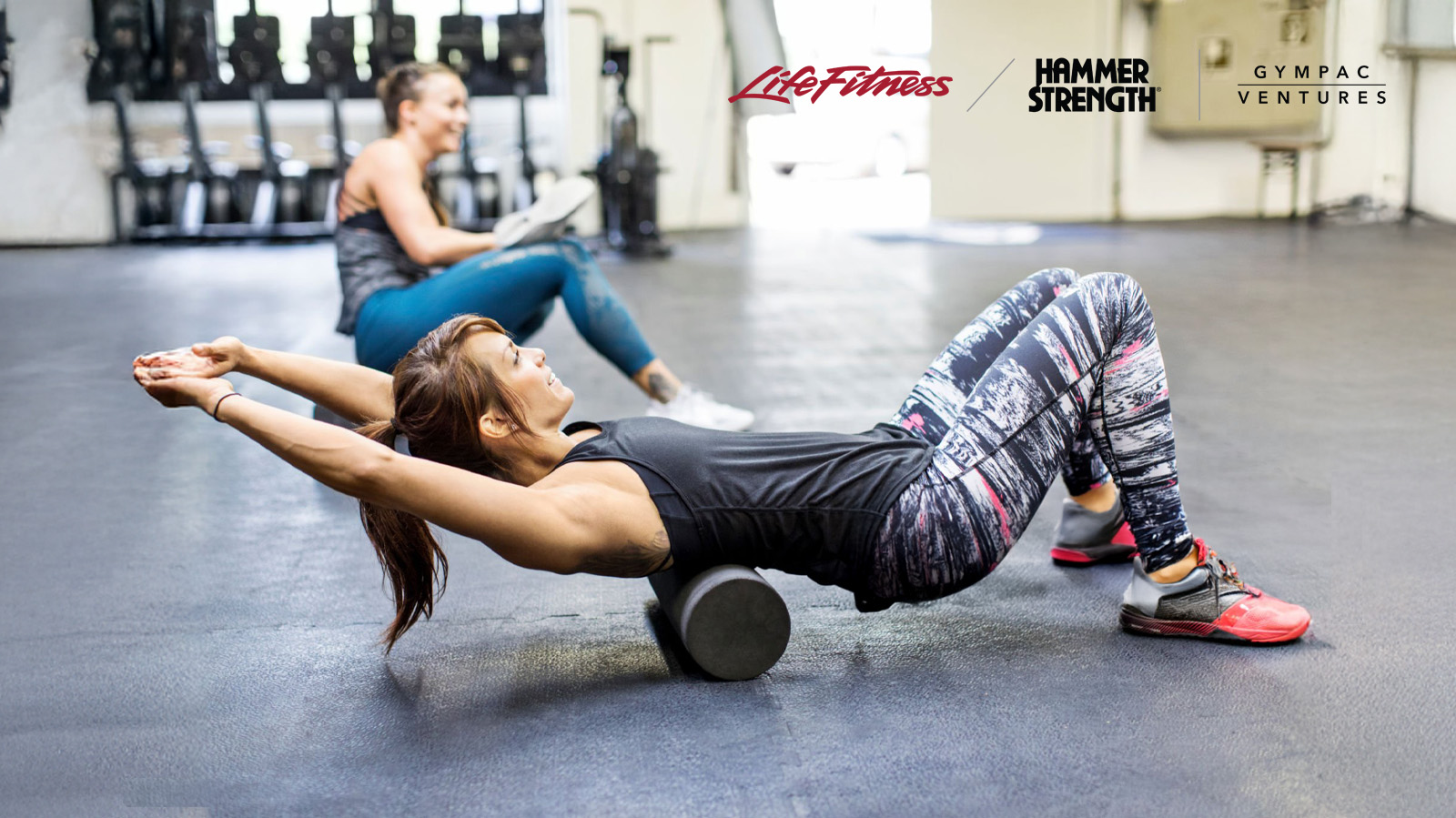
Foam rolling is a self-myofascial release (SMR) technique that utilizes a cylindrical foam roller to apply pressure to specific muscle groups. It involves using a foam roller, a cylindrical piece of equipment, to apply pressure to specific muscle groups. This method helps release tension in muscles and fascia, which are connective tissues that support and surround muscles.
Benefits of Foam Rolling
1. Improved Range of Motion:
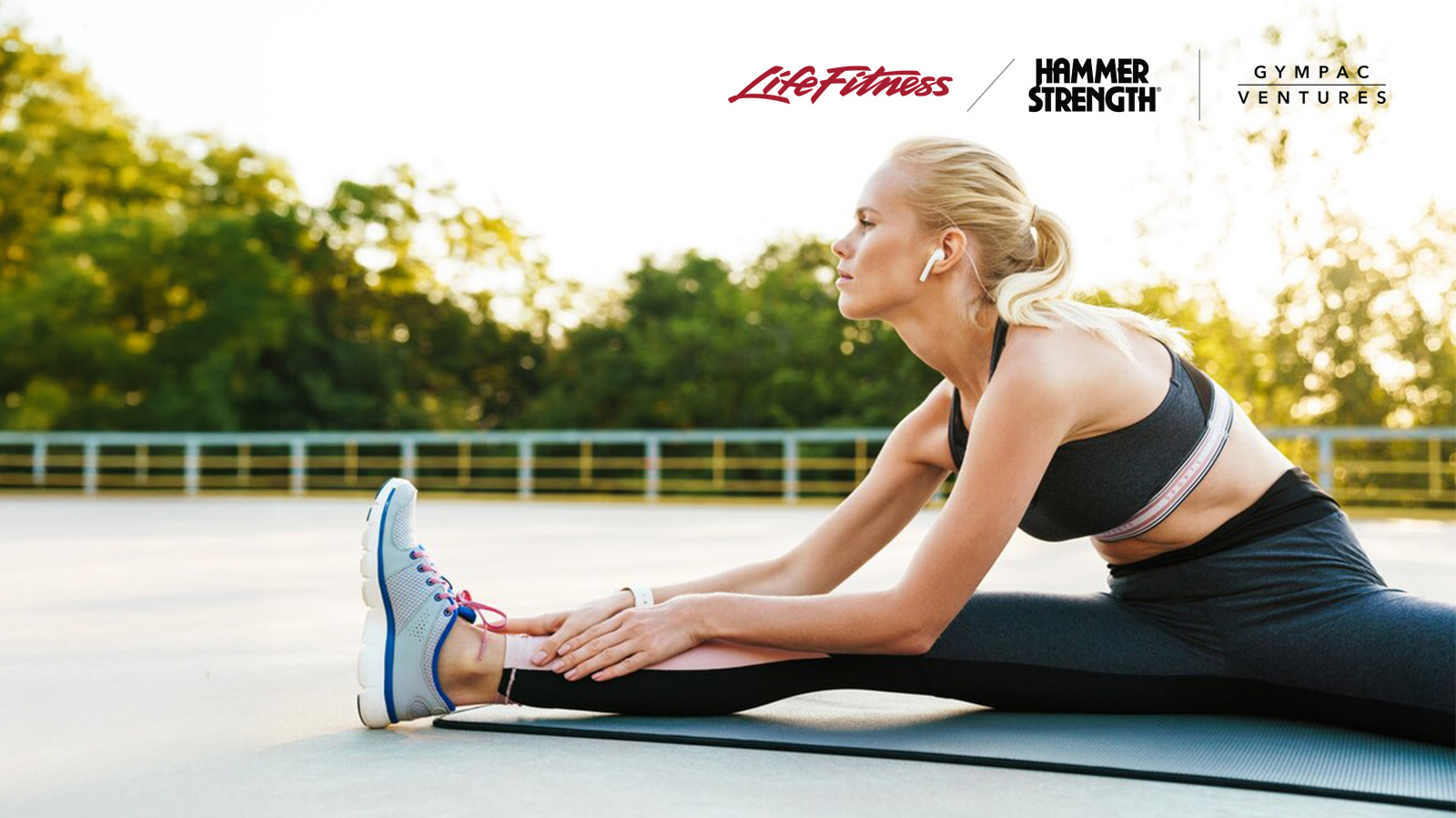
Foam rolling helps break down scar tissue and release tight muscles, enhancing flexibility and mobility.
2. Enhanced Muscle Performance:
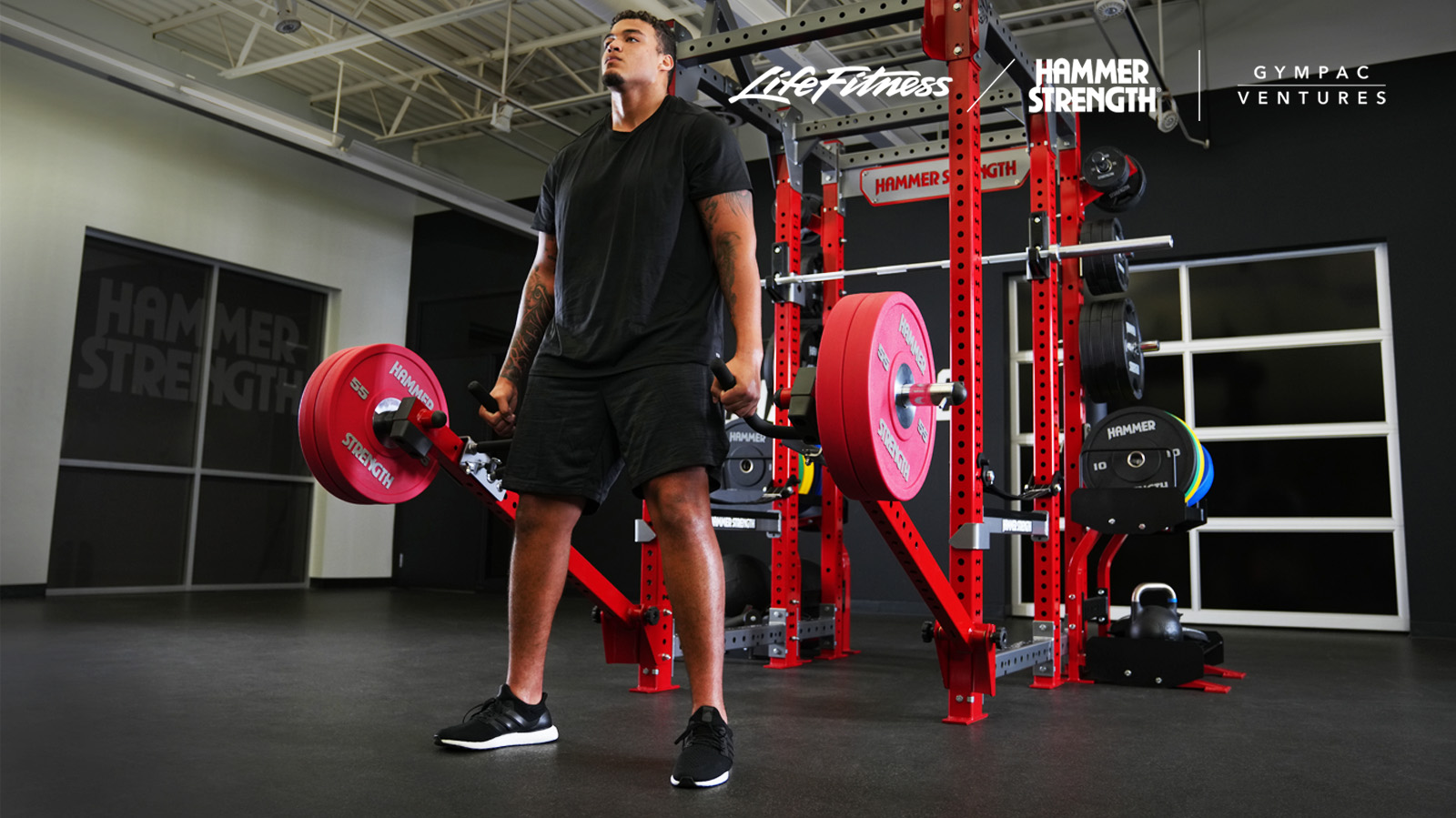
Increased mobility allows muscles to perform better during workouts, leading to improved strength and power.
3. Reduced Muscle Soreness:
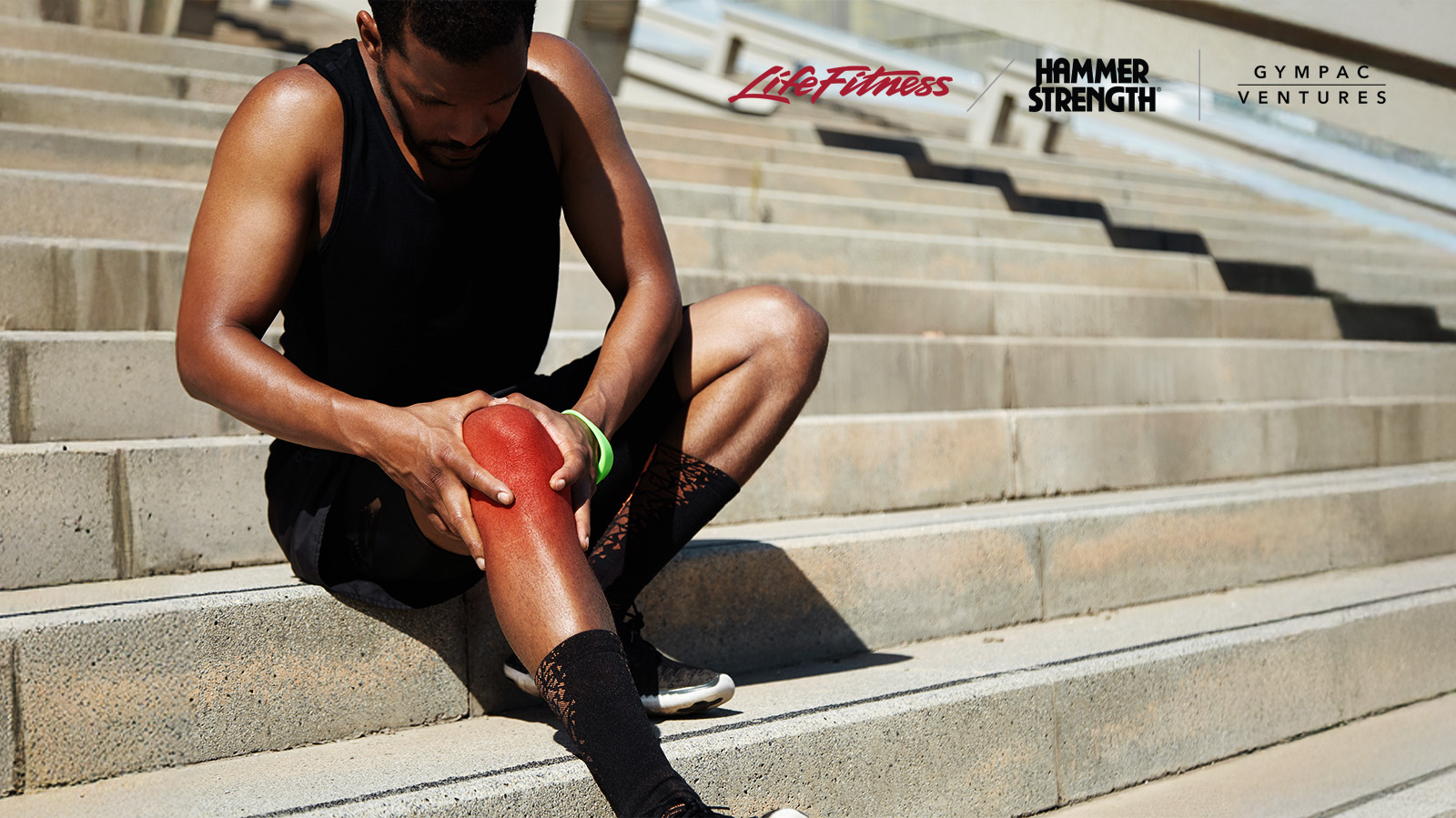
By increasing blood flow, foam rolling helps speed up recovery and reduce soreness after intense exercise.
4. Injury Prevention:
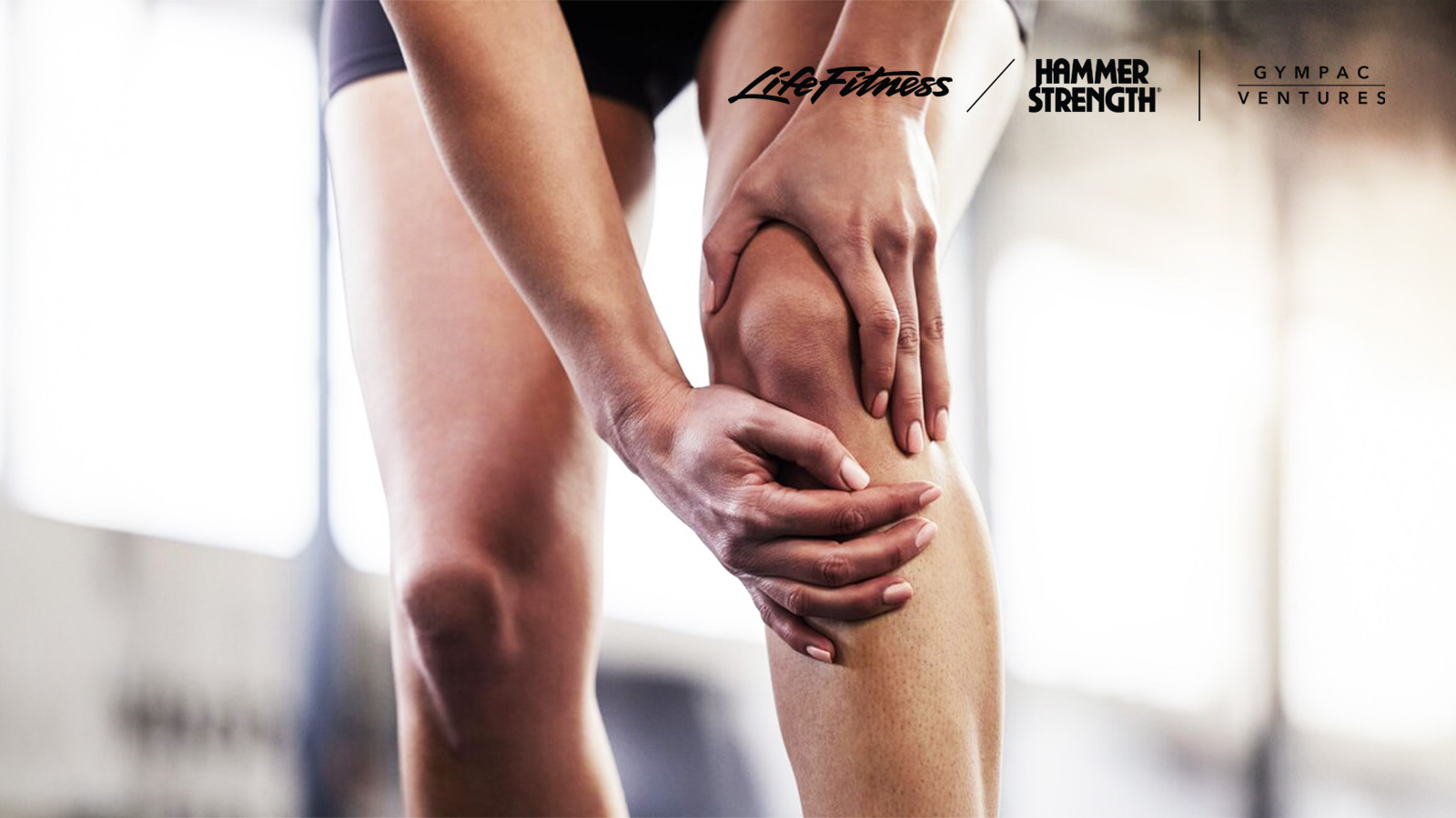
Regular foam rolling maintains muscle elasticity and prepares them for activity, reducing the risk of injuries.
5. Better Posture:
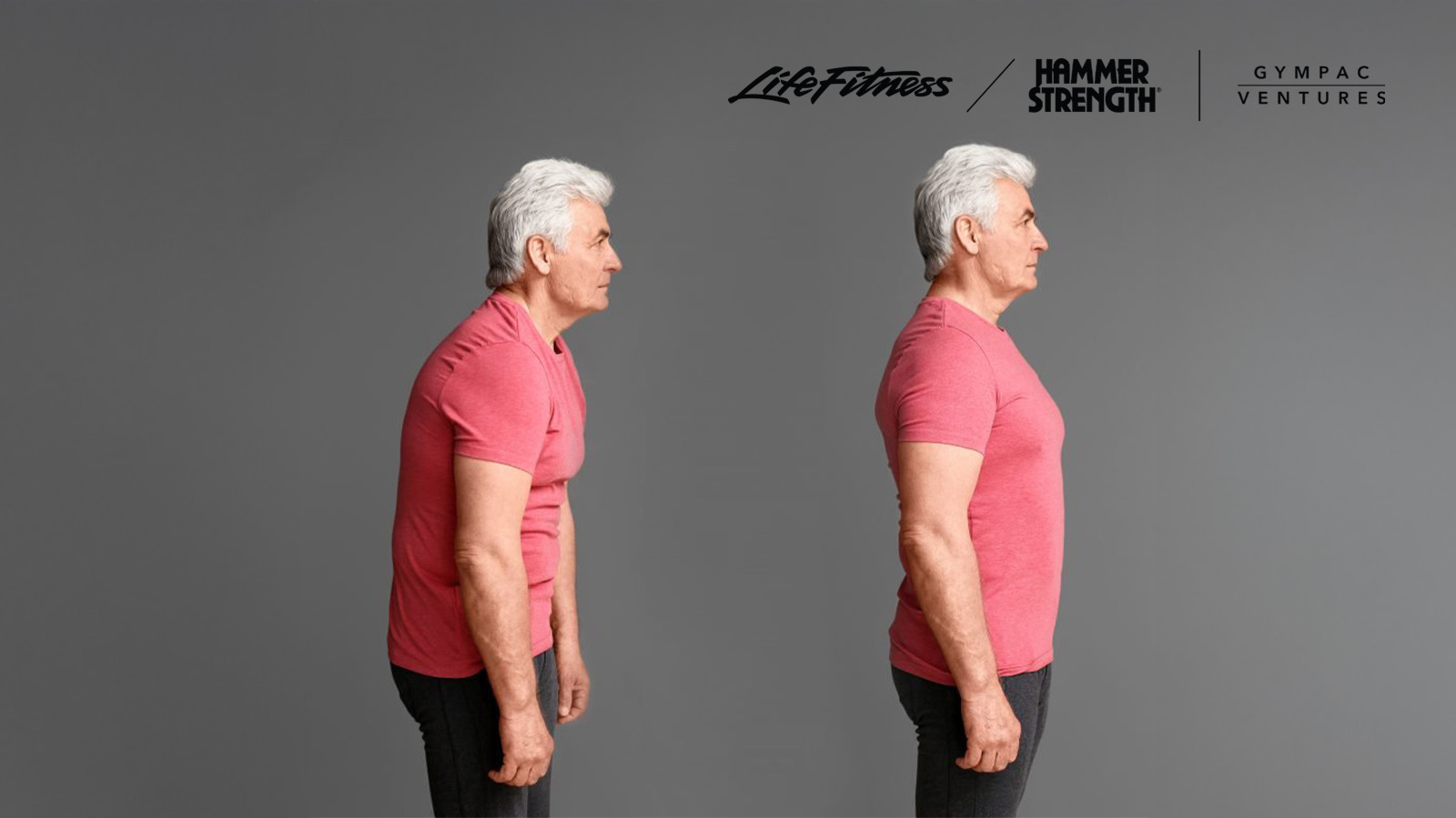
It can correct muscle imbalances caused by poor posture, promoting better alignment and stability.
6. Localized Pain Relief:
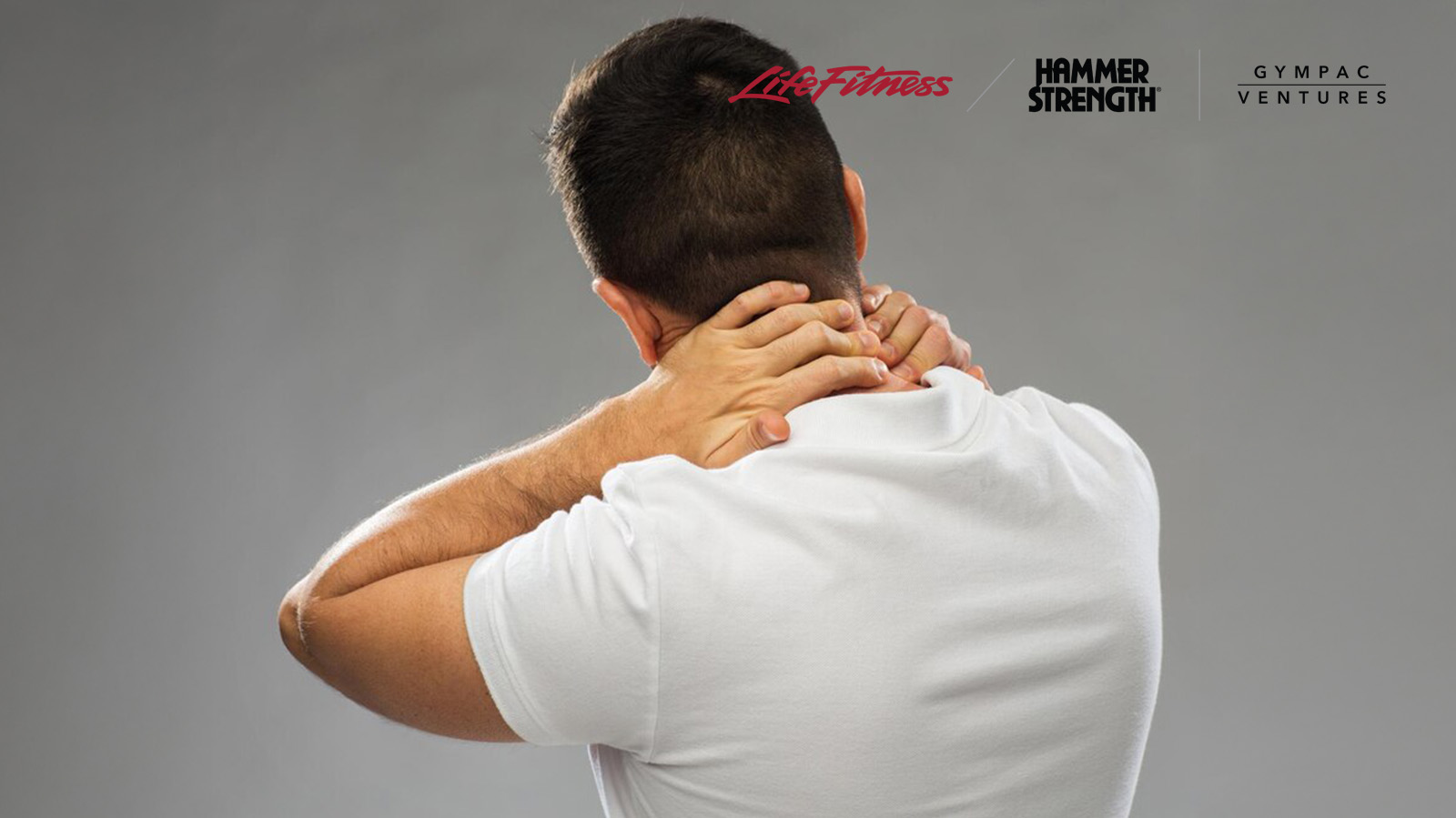
Targeted pressure can alleviate discomfort associated with muscle tightness.
7. Increased Blood Flow:
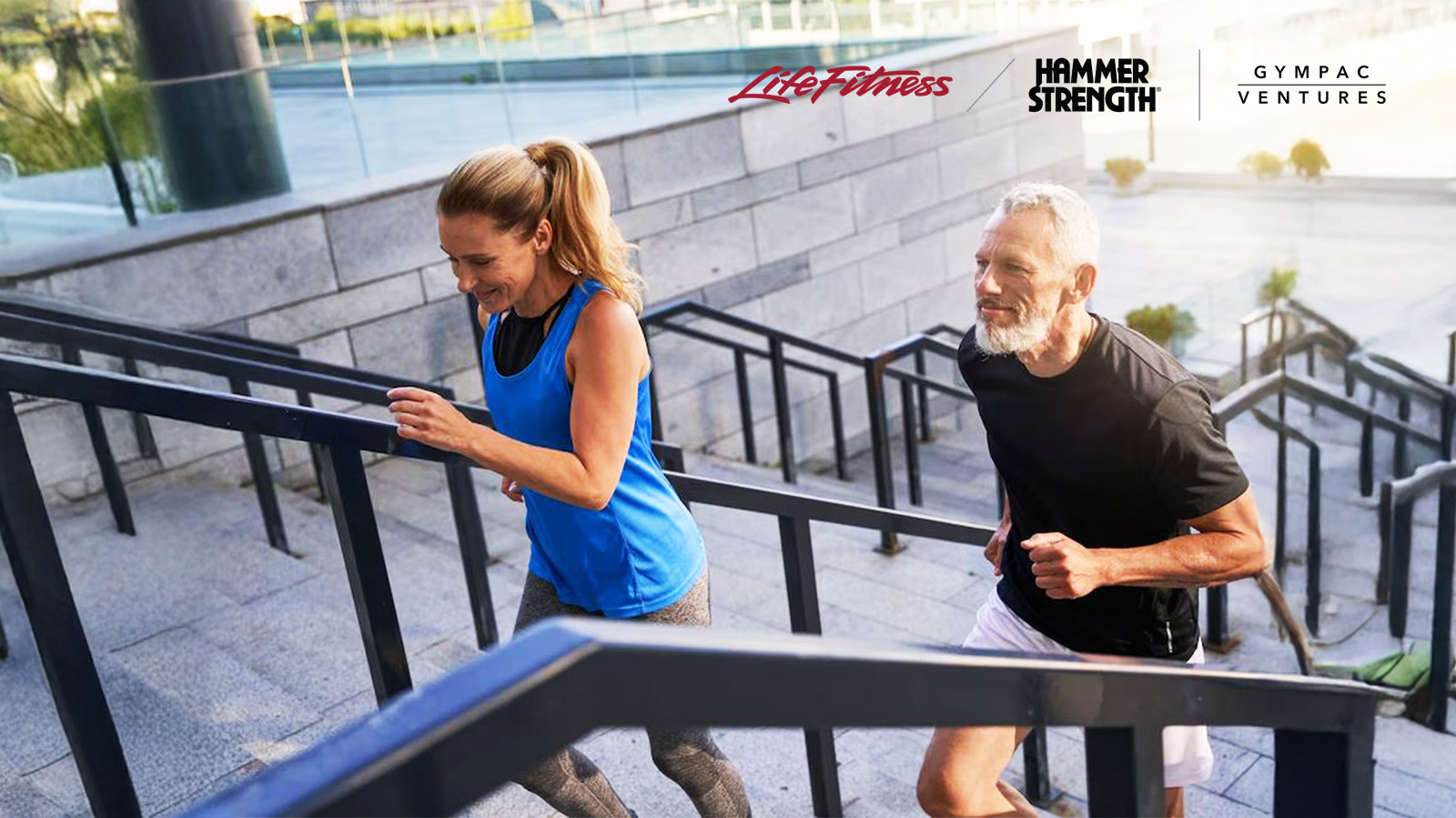
Foam rolling boosts circulation in targeted areas, aiding recovery and preparing muscles for movement.
8. Relaxation:
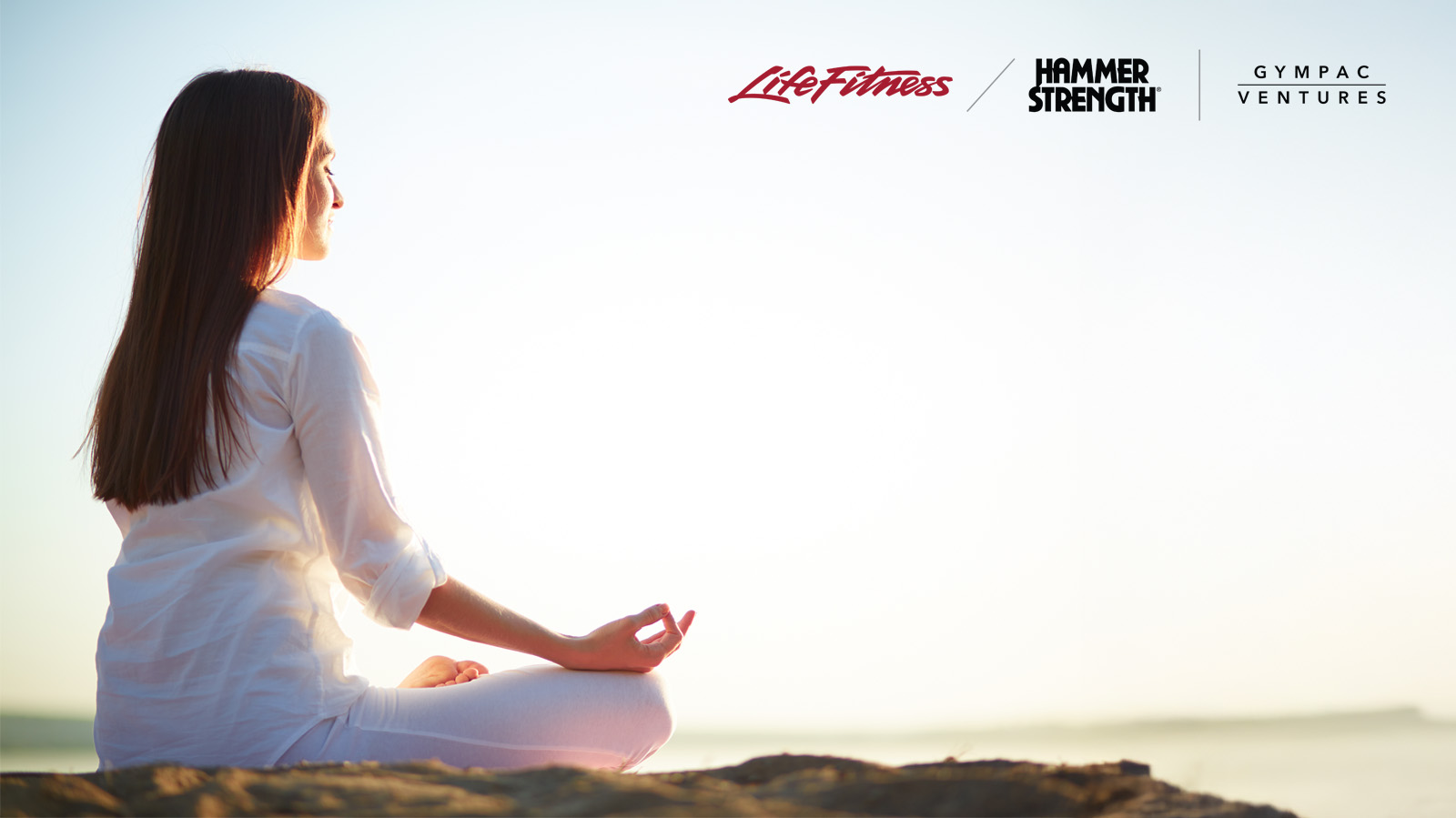
The technique can help reduce stress levels and promote relaxation through gentle pressure on tight muscles.
Foam Roller Exercises
Here are some effective foam roller exercises you can incorporate into your routine:
1. Quadriceps Roll:

Kneel on a mat with the foam roller positioned horizontally in front of you. Lower your hips so the roller presses into your quads, then roll along the length of your thighs.
2. Hamstring Roll:

Sit on the floor with the foam roller under your hamstrings. Use your hands behind you for support as you roll back and forth from your knees to your hips.
3. Glute Roll:
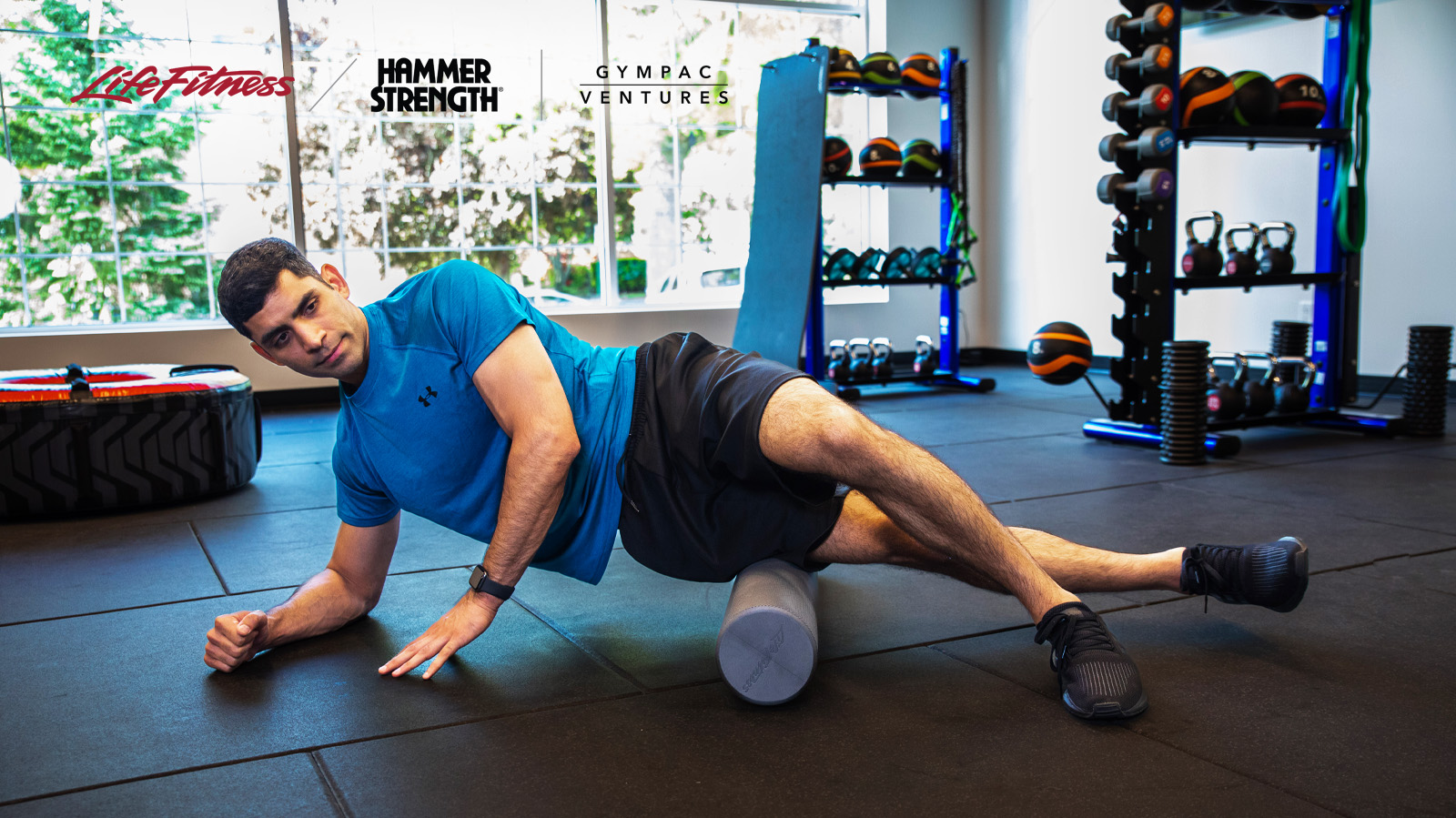
Sit on the foam roller with your knees bent. Cross one leg over the other and lean towards the side of the crossed leg while rolling over the glute of the supporting leg.
4. Upper Back Roll:
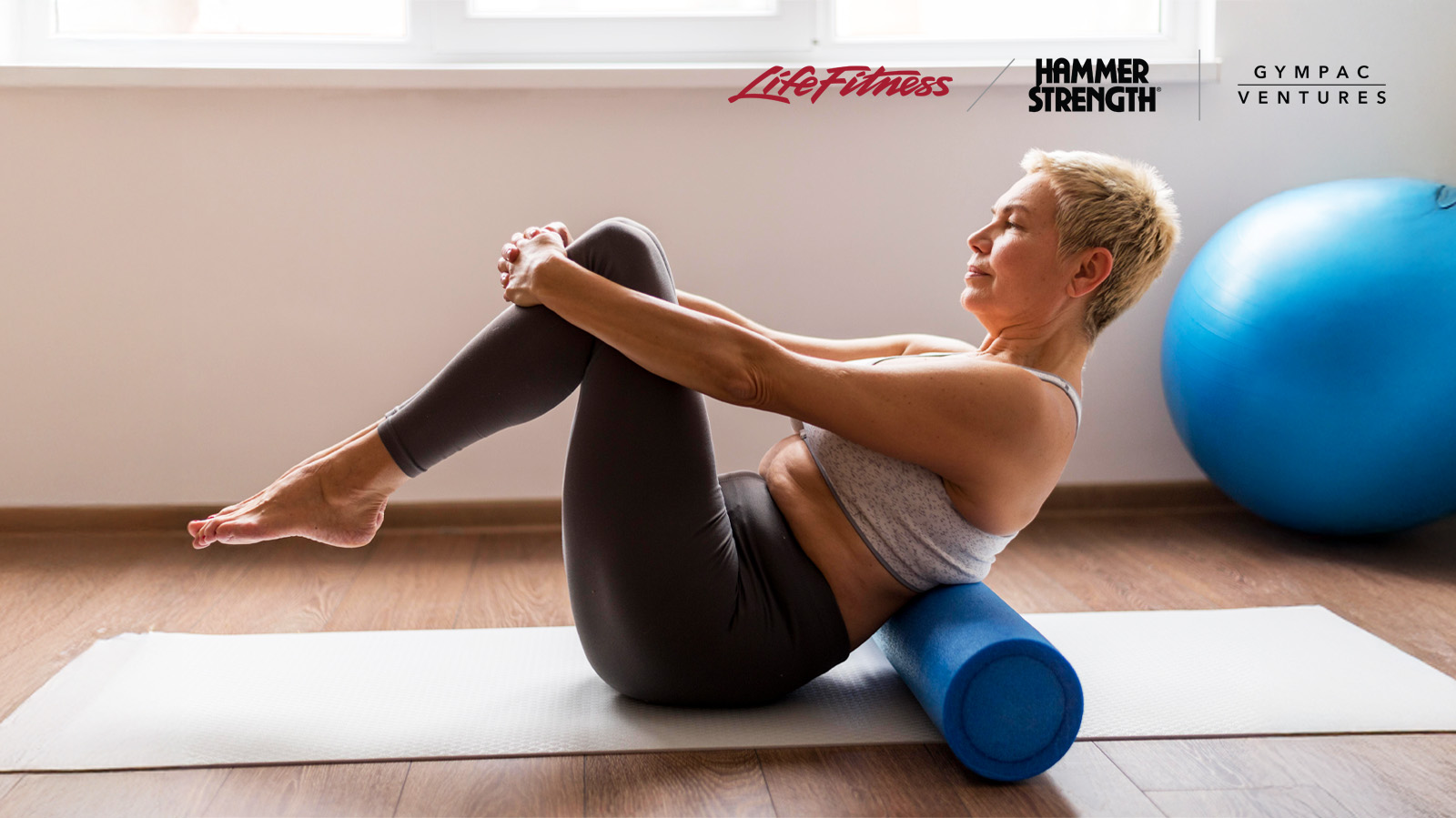
Sit on the floor with the foam roller positioned horizontally behind you, just below your shoulder blades. Lean back onto the roller and lift your hips slightly as you roll up and down.
5. Lower Back Roll:
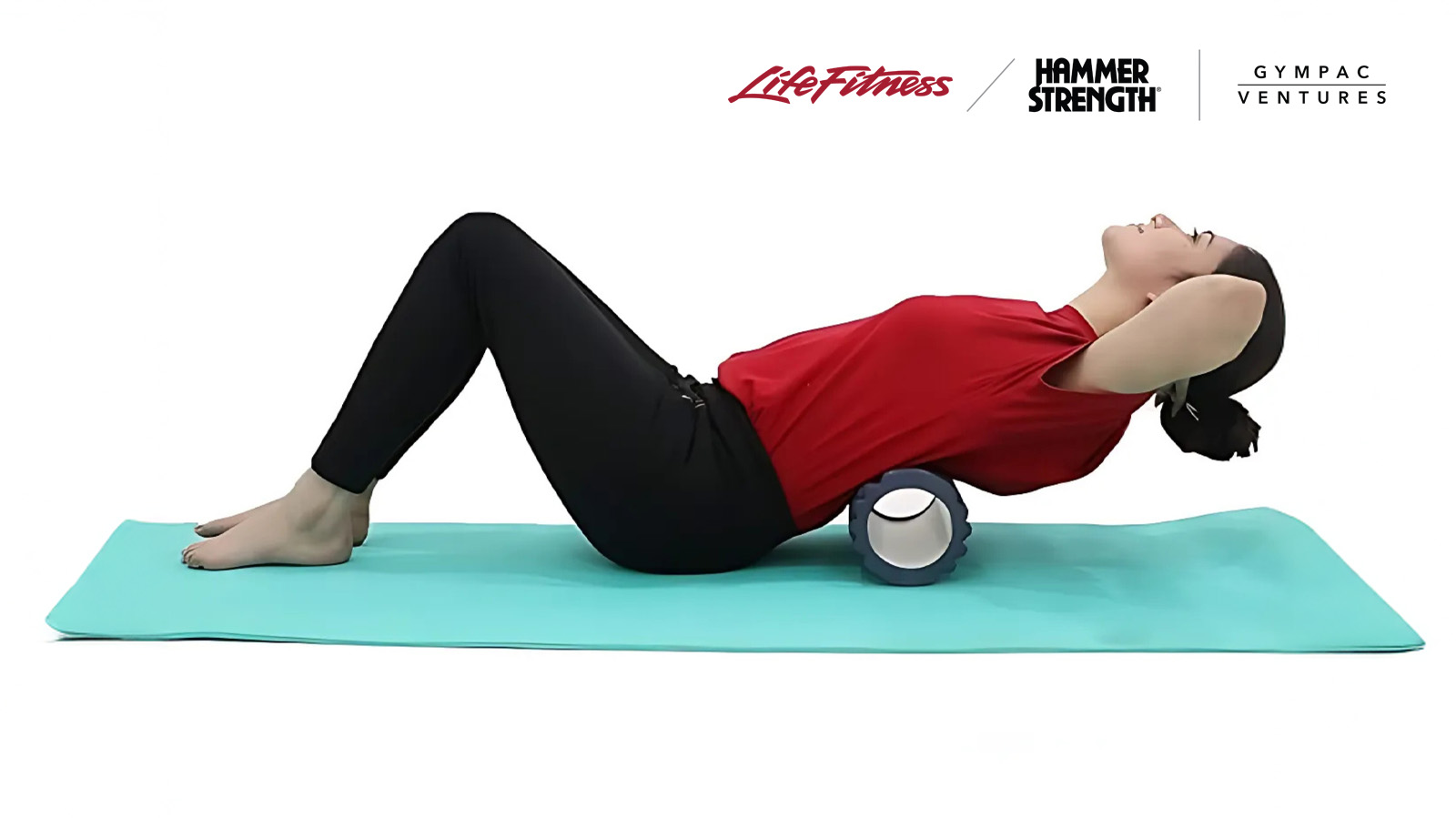
Sit on the floor with the foam roller behind you at your lower back level. Lean back onto it while lifting your hips off the ground to roll from lower back to mid-back.
6. Calf Roll:
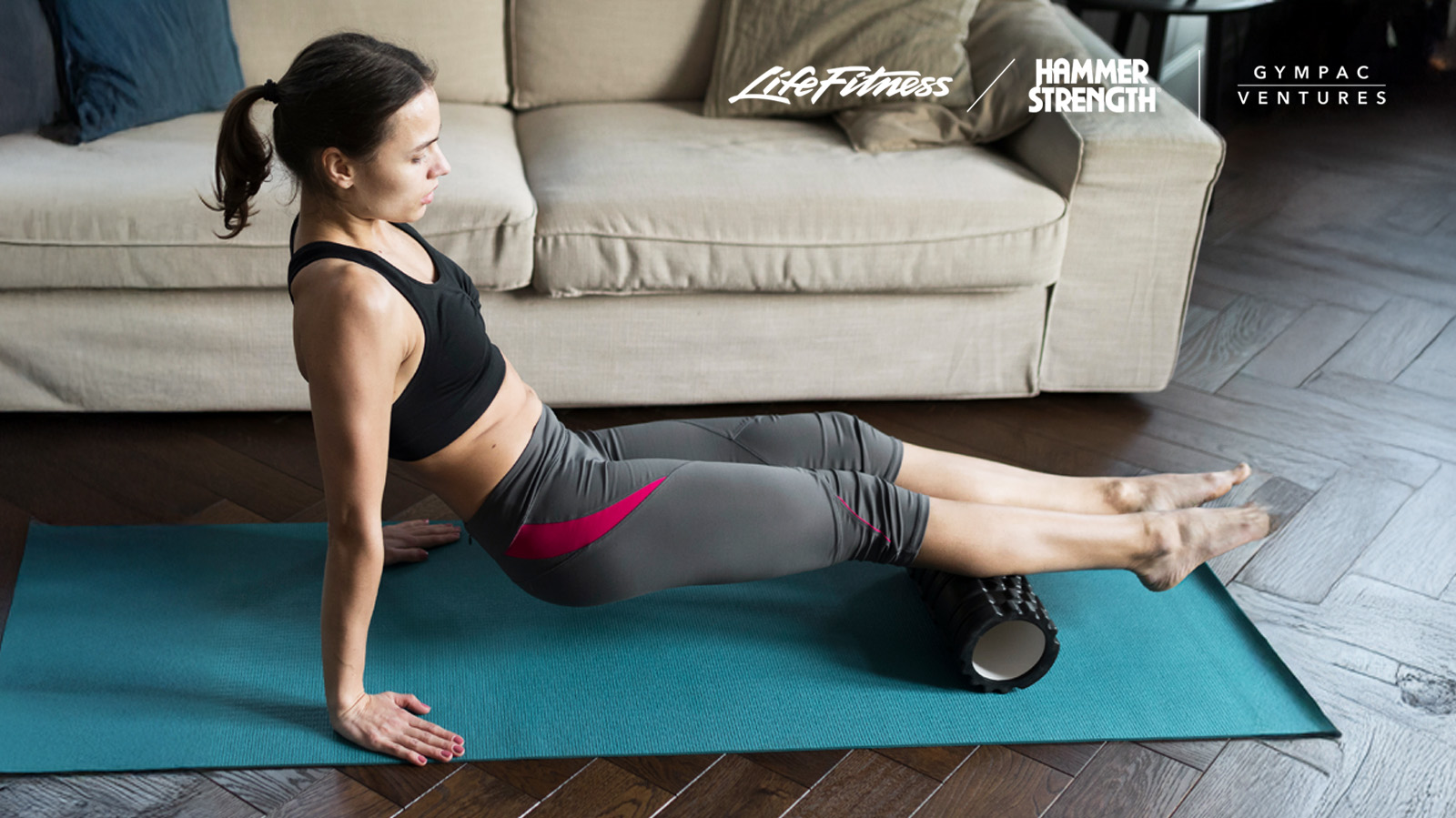
Sit with one calf on the foam roller, using your hands for support behind you. Lift your butt off the ground and roll from your ankle to just below your knee.
7. Chest and Pecs Roll:
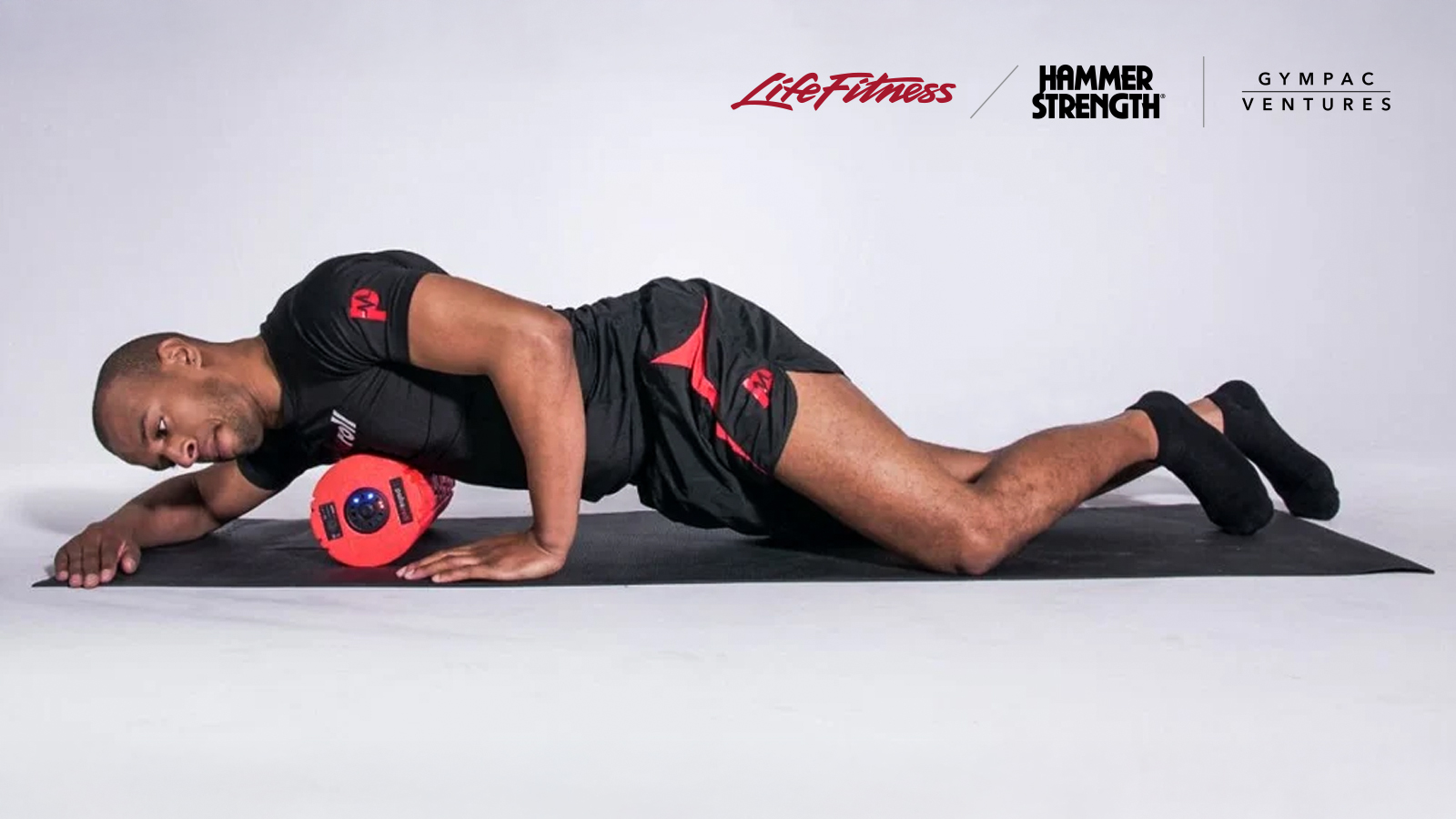
Lie face down with a foam roller under one pectoral muscle. Extend one arm overhead and gently roll over the chest area.
8. Lats Roll:
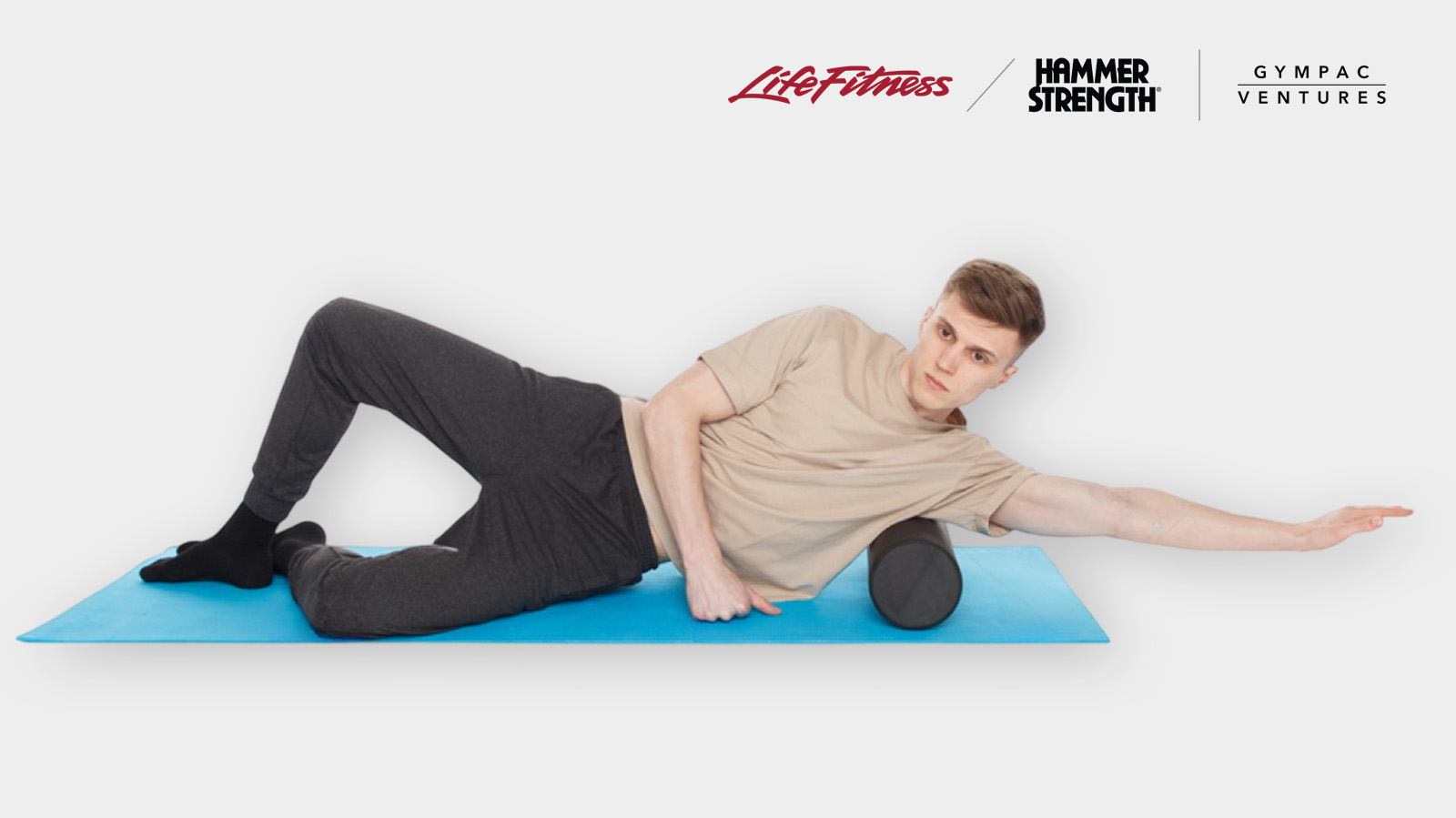
Lie on one side with the foam roller under your armpit. Extend your arm above you and slowly roll down towards your hip.
9. Adductor Roll:
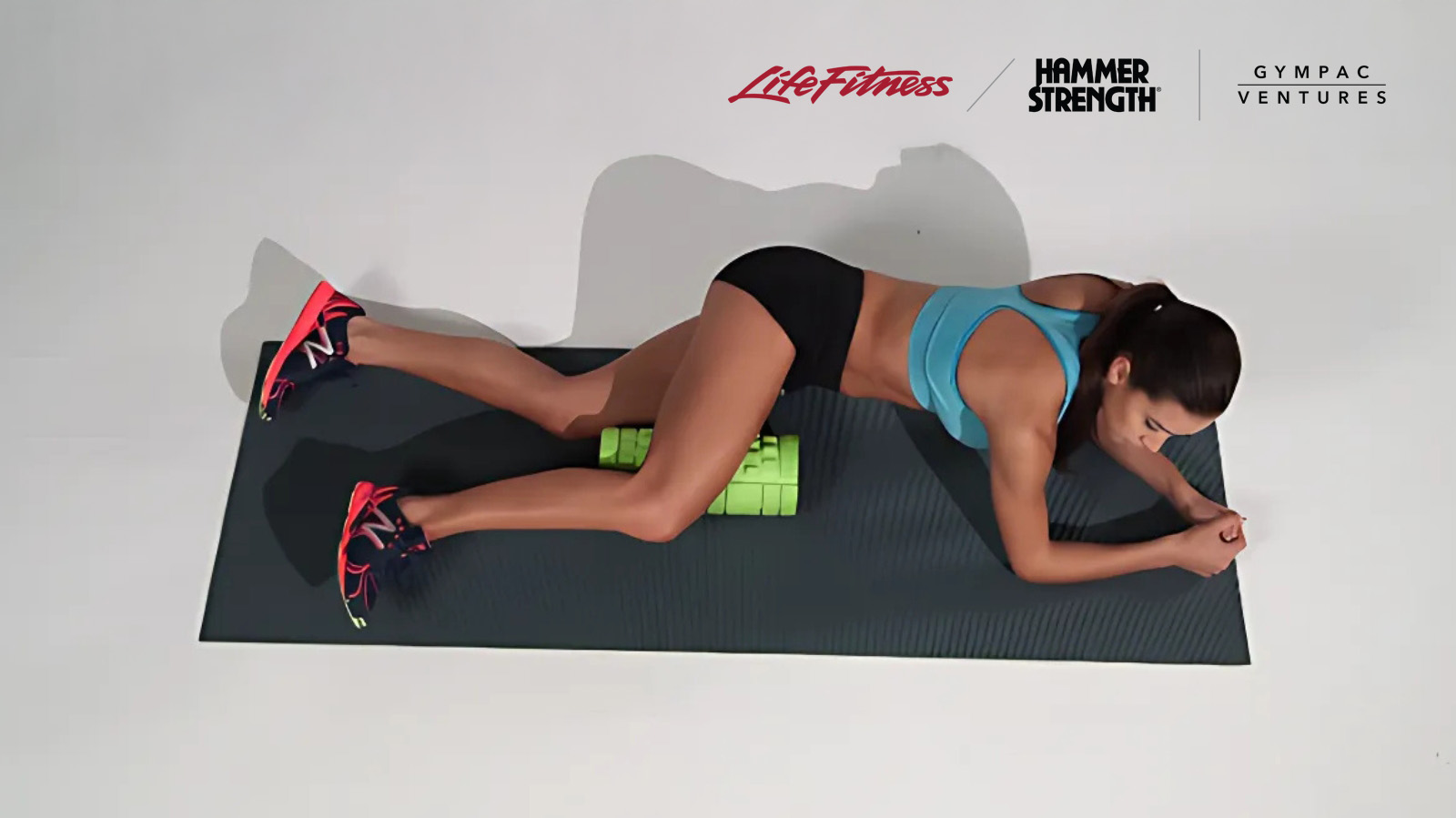
Lie face down with one leg extended out to the side, placing a foam roller under that inner thigh as you roll slowly along this area.
10. Tensor Fasciae Latae (TFL) Roll:
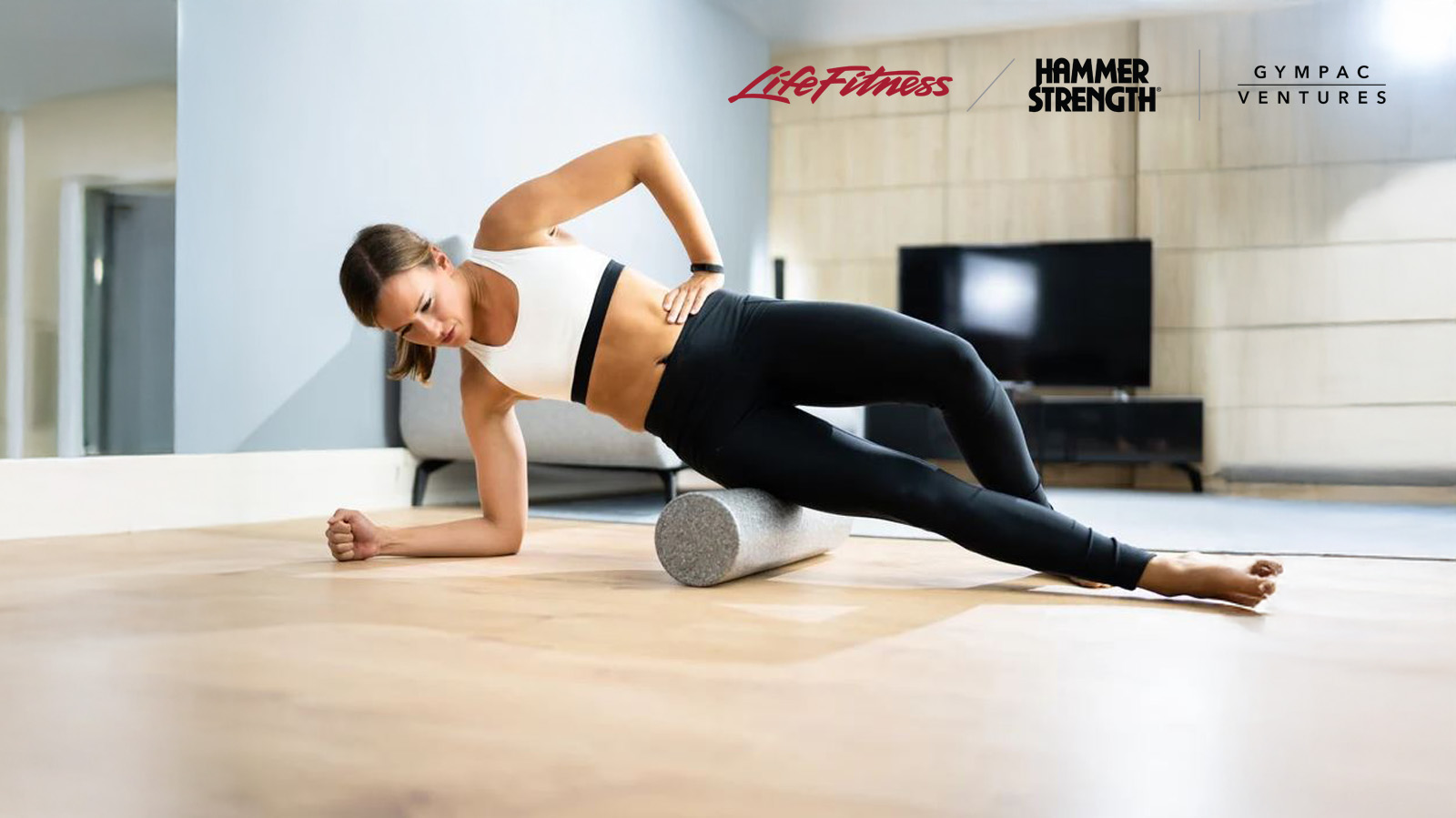
Position yourself on one side with a foam roller under your hip area (TFL). Slowly roll along this muscle while adjusting pressure as needed.
Conclusion
By incorporating these exercises into your routine, you can alleviate soreness, improve mobility, and reduce the risk of injury, all of which are essential components for maintaining an active lifestyle. Regular practice will yield long-term benefits, making foam rolling an invaluable addition to any fitness regimen.
Disclaimer:
This blog post does not provide medical advice. It is for information purposes only. It is not a substitute for medical advice, diagnosis, or treatment. Never ignore professional medical advice when seeking treatment because of something you have read on Life Fitness India. If you need a medical emergency, contact your doctor immediately.

